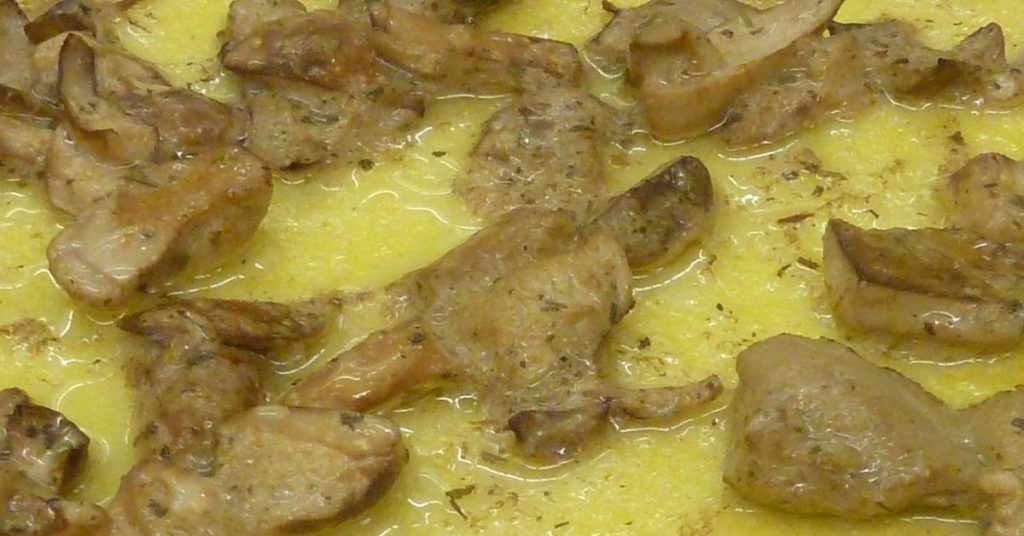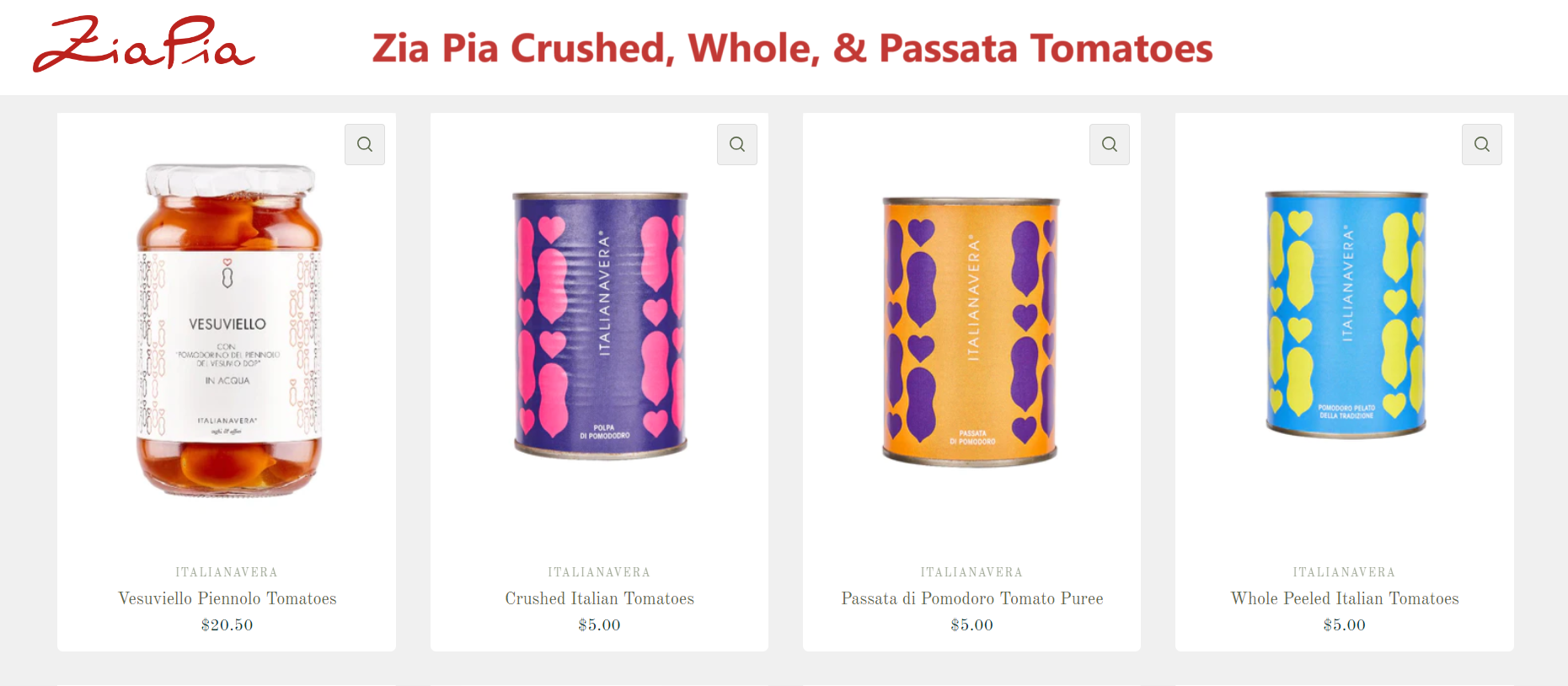What did Italians eat before tomatoes? Italian cuisine and tomatoes go hand in hand, right? Many Italian dishes contain tomatoes, and they are a very popular ingredient in traditional recipes all across the country.
So much so, that a lot of people believe that tomatoes originate in Italy. But in reality, this isn’t the case, and it takes a bit of research to understand Italian food before tomatoes.
In fact, tomatoes were first discovered in South America, and it took quite a while for this popular fruit to reach Italian shores via the Spanish conquistadors who brought them back to Europe where they quickly spread across the continent.
This might leave you wondering what Italian food looked like before tomatoes, especially in the food of Campania and Southern Italy.
Let’s take a look at the types of food that were popular in Italy before the tomato was introduced to the country, and how this fruit managed to dominate Italian cuisine after its arrival.

When Did Tomatoes Come to Italy?
As tomatoes come from the Americas (what we now know as South America), there was a long period of time when these plants were unknown to Europeans. The tomato plant was discovered during the Spanish colonization of the Americas which began with Columbus in 1492.
The Spanish colonization of the Americas lasted for around 350 years, but it is believed that Columbus was the first European to discover the tomato plant in 1493. However, it wasn’t until later into the 1500s that tomatoes actually made their way to Europe. They were first brought to Spain, and from there they were introduced to Italy. It quickly became popular in Italian cuisine.
But what food was eaten by Italians before the tomato plant was introduced? Let’s take a look.
What Was Italian Food Before Tomatoes?
Italian food before the tomato plant was vastly unrecognizable to the Italian cuisine that we know and love today. However there are some similarities between the foods that were enjoyed in Italy before the 16th century, and what is eaten in Italy today. So, let’s take a look at some of the things eaten by Italians before the introduction of the tomato plant.
Breads and Grains
Not only in Italy, but across a lot of European countries, breads and grains made up a large part of a person’s diet. Even to this day, breads and grains are very popular in a lot of cuisines.
Polenta
One dish that was very popular in Italy before tomatoes were introduced was polenta. Polenta is a type of boiled cornmeal that was often enjoyed morning, noon and night in Italy. Especially in poorer areas of the country.

Polenta was traditionally made by soaking the cornmeal in cow’s milk. It was common for households to have a cow in Italy during these times, so milk was easily accessible and cheap. The milk would add flavor and nutrition to the polenta, and make it a more enjoyable and sustainable meal. It would feature in most meals throughout the day, but it would often be paired with other foods.
Meat, Fish and Seafood
Protein is a big part of a healthy diet today, and the same principle applied in Italy before the tomato plant was introduced. Most people would eat protein as part of their diet, but depending on where in Italy you lived, the source of that protein might change.
During these times, people tended to be a lot poorer, so you would purchase produce locally to reduce costs. That is why it was rare for people in central Italy to eat seafood, instead they would enjoy meat – usually pork or wild game. In contrast, if you lived near the coast, meat would be rare, instead fish and seafood would make up your diet.
Dairy
Dairy was also widely consumed in Italy before the tomato plant. Milk would be used to make polenta, and cheese would also be made. Cheese has been well established in Italy since the Roman era, and it would be enjoyed by many Italians before tomatoes came to Italy. In a lot of ways, cheese was enjoyed similarly back then as it is today.
Fruit and Vegetables
Vegetables make up a large portion of a healthy diet in the modern day, and back in the 15th century, they would have been widely enjoyed too! In particular, vegetables that grew close to the ground were very popular – especially in poorer areas. These vegetables would often include turnips, onions, carrots, and garlic.
If you were richer, then you would generally eat fruits and vegetables that grew further away from the ground. This might include things such as peaches and pears. Artichokes were also considered to be fancier, so you were unlikely to eat these if you were poor.
Nuts and Legumes
Legumes and nuts are often enjoyed as snacks today, but in Italy before the tomato, they would often be enjoyed as a main part of your meal. Nuts such as chestnuts, pine nuts, and hazelnuts might be enjoyed in their natural form, but it was also common for them to be crushed or pulverized to make thick sauces.
Likewise, a range of legumes would also be enjoyed. In particular chickpeas and lentils were often cooked down into a broth and served alongside other things. Chickpeas and lentils are legumes that remain popular today, and in the modern day they often feature in vegetarian and vegan recipes.
The Original Pizza
Before the tomato plant was introduced to Italy, a very distant relative of the pizza that we know and love today existed. Back then, “pizza” would consist of bread with oil and herbs, without any tomato sauce or cheese in sight. In fact, it wasn’t until the 18th century that mozzarella and tomatoes started to be included in pizza – a long time after the tomato plant was introduced to Italy.
Pasta Alla Gricia
A lot of pasta dishes now contain tomato, but pasta alla gricia does not. This is a Roman recipe that is still popular today, and you only need to try it to see why! So, if you want to know what Italian food was like before tomatoes, this dish is an excellent example.
What Did Italians Eat Before Tomatoes?
Before tomatoes became a significant part of Italian cuisine, the culinary landscape was quite different. Tomatoes are native to the Americas and were brought to Europe by Spanish explorers in the 16th century. Before that, Italian cuisine relied on a variety of ingredients and dishes that have evolved over centuries.
It’s important to note that Italian cuisine varied regionally before the unification of Italy in the 19th century, and different regions had their unique culinary traditions. With the introduction of tomatoes from the New World, Italian cuisine underwent significant changes, and tomatoes became one of its most iconic ingredients.

